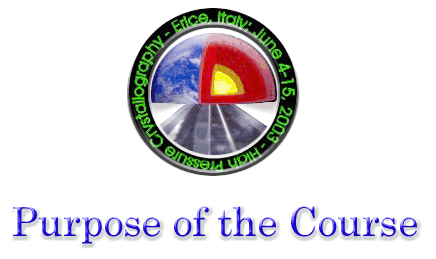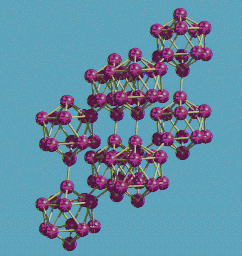


Now it is evident that there is a considerable need for crystallographers
trained for high-pressure studies. They are equally requested by research
institutions to start using the “neglected” thermodynamic variable,
and by industrial employers to seek new, more efficient technologies. The
proposed High-Pressure Crystallography Course is aimed at meeting all these
expectations.
The Course represents a unique opportunity to bring together scientists who would otherwise never meet. The complementarity of the methods and the exchange of ideas are the founding essence of the scientific programme ; the meeting is expected to forge future collaboration and developments in applied research.
The idea of a meeting originated from the Commission of High Pressure to the International Union of Crystallography and is enthusiastically received by the crystallographic community: many renowned scientists have confirmed their participation and contribution to the Course. The scientific programme will examine both the fundamentals of techniques employed in high-pressure crystallography and and the theory for predicting and interpreting experimental data. In addition the lectures will illustrate examples of applications of high pressures for solving individual problems, exploiting the interdisciplinary character of the field.. Thus, there will be a mix of
a. crystallographers working in the fields of solid-state physics, chemistry, biology;
b. specialists of elastic X-ray and neutron diffraction, inelastic scattering, EXAFS, stress-strain analysis, magnetic structures,
c. mineralogists and geologists, etc.;
d. experimentalists and theoreticians in all these disciplines.
Formal lectures, of 60 min + discussions, would be accompanied by shorter 30-min talks, or `question times, which would allow less formal contacts between the audience and the speakers. The program will offer tutorial-like presentations of the main experimental planning and practice, as well as of the calculations of the pressure-induced changes in crystal structures.
All participants will be encouraged to present in some form their research or expectations from the high-pressure methods.